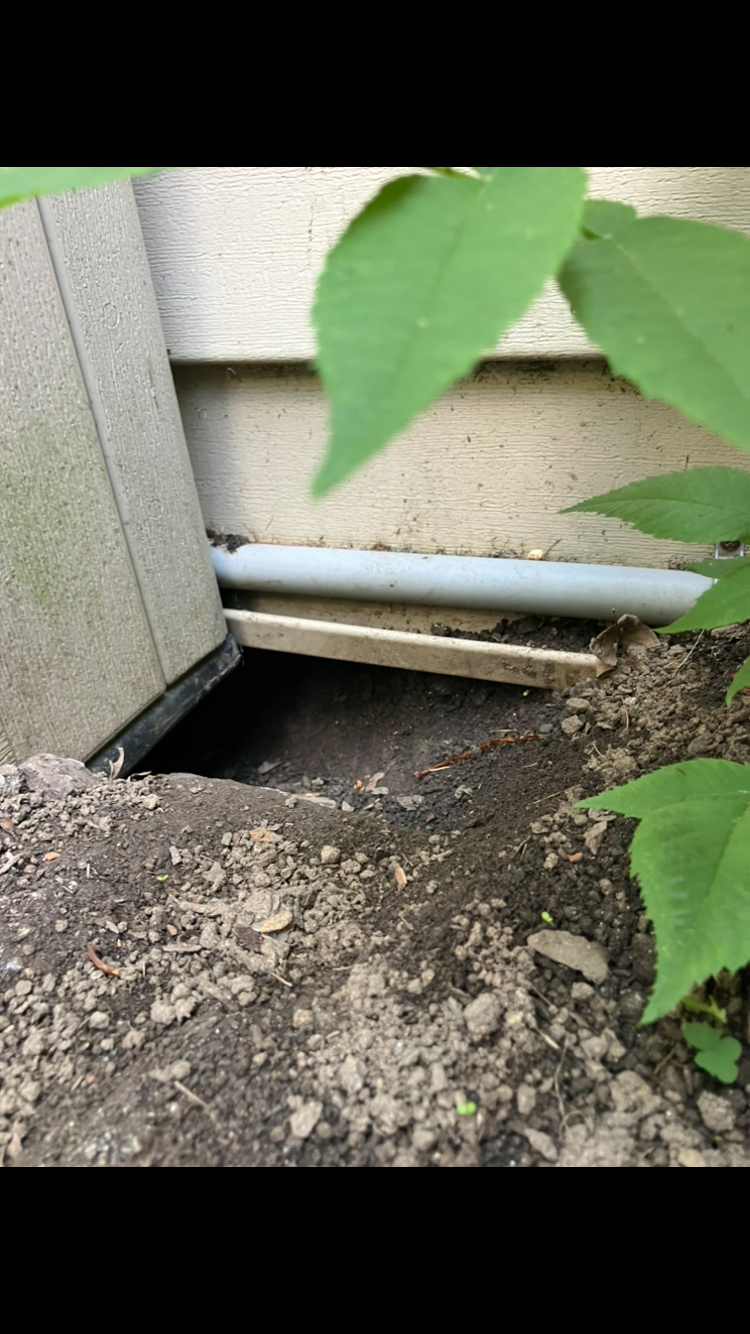Snake Reproduction Season
- Acorn Wildlife

- Jun 3
- 3 min read
Mount Laurel, NJ—a community where suburban charm meets natural beauty—often sees encounters with snakes drawn by nearby wilderness and thriving local ecosystems. While most snake species are nonthreatening, managing their presence is crucial to maintain safe and pest-free residential or commercial properties. Acorn Wildlife stands ready with locally trusted, humane pest control services that address both immediate snake removal and longer-term prevention. In this blog post, we also dive into the fascinating world of snake reproduction and birthing cycles, insights that help shape effective wildlife management strategies.
Why Acorn Wildlife?
When unwanted snakes enter your property, you deserve a service that understands both your needs and the intricacies of snake behavior. Acorn Wildlife is proud to offer:
Prompt and Professional Inspections: Our experts assess your property for potential snake entry points and hidden nesting areas while considering seasonal activity patterns.
Humane Removal and Exclusion: We emphasize safe, ethical snake removal—ensuring the well-being of both your property and the local ecosystem.
Preventive Guidance: Our team advises on habitat modifications and entry-point prevention based on detailed understanding of snake behaviors and local reproduction cycles.
For trusted service in Mount Laurel, visit Acorn Wildlife.
A Closer Look at Snake Birthing Cycles
An understanding of snake reproduction not only enriches your natural history knowledge but also informs the timing and approach of pest control. Let’s explore two primary snake birthing strategies:
Oviparity: The Egg-Laying Cycle
Many snake species, including various colubrids found throughout New Jersey, reproduce through oviparity. This process involves:
Egg Deposition: The female lays eggs in secure, sheltered locations such as under rocks, in debris, or within burrows.
Incubation by Nature: The eggs develop externally, relying on ambient temperature and environmental stability to hatch.
This strategy means that during breeding seasons, increased snake activity might be observed near known nesting areas—information that can be pivotal during a professional inspection.
Viviparity: Live Birth in Action
Other species—like the Eastern garter snake—employ viviparity, bearing live young after gestation within the mother’s body. Key benefits include:
Enhanced Offspring Survival: Live birth offers protection during the most vulnerable developmental stages.
Adaptation to Cooler Climates: With internal gestation, these snakes bypass the challenges of temperature-dependent incubation.
Below is a summary table highlighting the differences:
Reproduction Type | Cycle Description | Example Species |
Oviparity | Egg-laying with external incubation relying on environmental warmth | Many colubrids in New Jersey |
Viviparity | Internal gestation ending with live birth, boosting early survival rates | Eastern garter snakes, certain vipers |
Understanding these reproductive patterns helps predict seasonal snake behavior, crucial for planning timely pest control measures.
How Snake Birthing Information Influences Pest Control
When snakes reproduce, their movements and habitat preferences can change, leading to:
Seasonal Activity Shifts: Mating and birthing seasons may result in fluctuations in snake encounters.
Focused Habitat Use: Gravid snakes often select secure, warm areas close to human structures for egg laying or live birth, potentially increasing sightings near your home.
Behavioral Variations: Newly hatched or born snakes exhibit different behaviors from adults, which can influence removal strategies.
At Acorn Wildlife, our comprehensive understanding of these cycles allows us to time our interventions effectively—ensuring humane removal while minimizing long-term risks.
Ready to Secure Your Property? Choose Acorn Wildlife
For residents and businesses facing snake challenges in Mount Laurel, NJ, Acorn Wildlife is your go-to expert for humane and effective pest control. Our seasoned professionals merge biological insights with on-the-ground expertise to deliver solutions that protect your property and respect local wildlife.
Take the next step toward a safer and pest-free environment—connect with Acorn Wildlife today.
Conclusion
Managing snake populations in Mount Laurel requires a blend of scientific insight and expert practice. With a deep understanding of snake birthing cycles—whether it’s the steady process of egg-laying or the dynamic nature of live birth—Acorn Wildlife crafts pest control strategies that work with nature, not against it. Embrace an approach that not only resolves immediate snake concerns but also paves the way for long-term prevention and education.
For more about our humane pest removal services or to schedule an inspection, visit Acorn Wildlife. Discover more about snake biology, seasonal trends, and proactive wildlife management on our website.



Comments